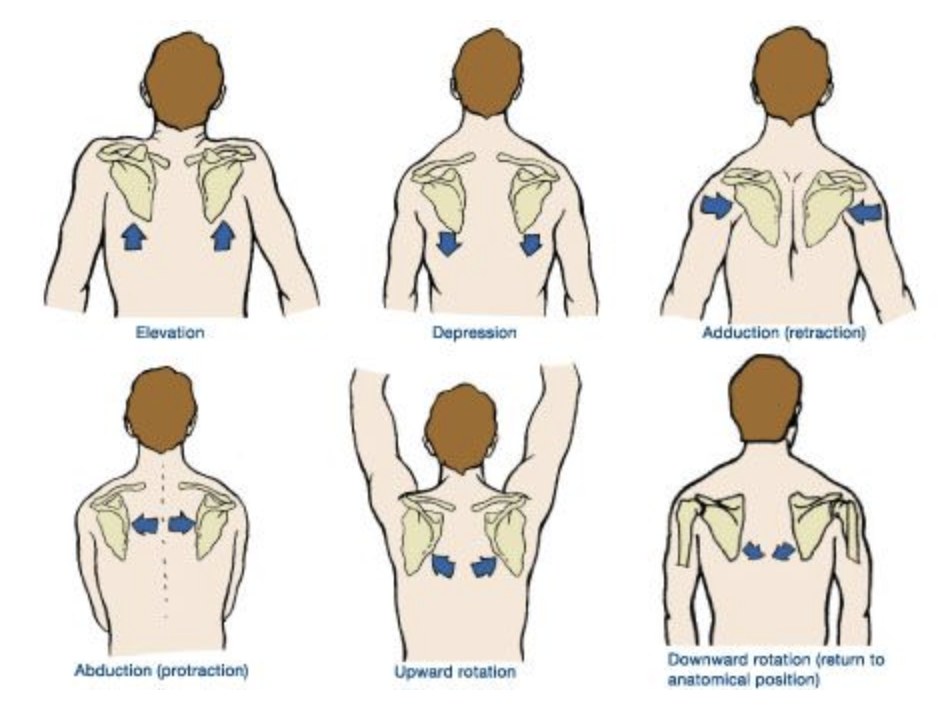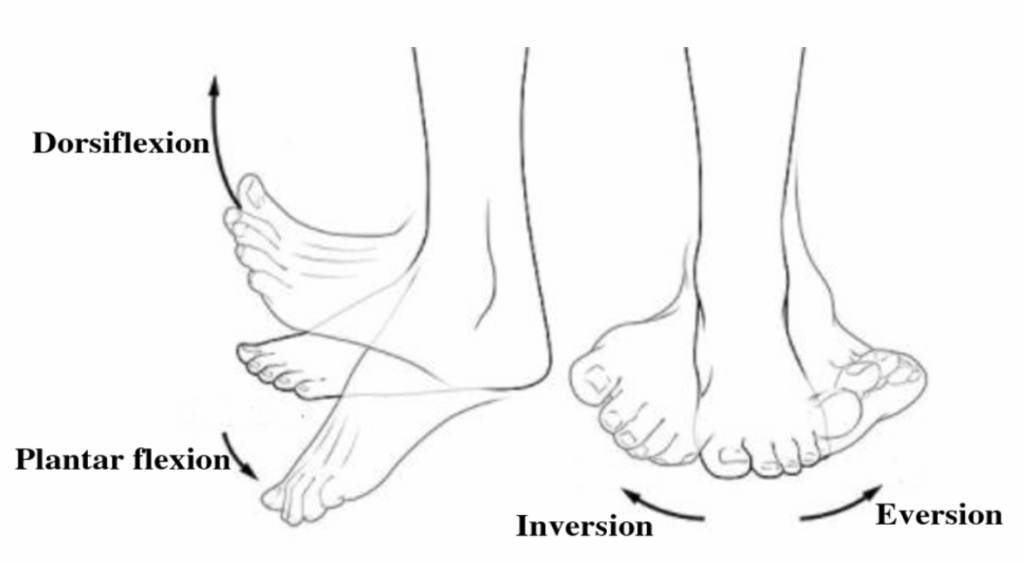When most people think of fitness, they imagine strength, endurance and cardio—but there’s another essential piece of the puzzle: mobility. At LIVE Pilates, we’re passionate about helping our clients move better, not just more. That starts with understanding what mobility is, why it matters, and how Pilates can be your secret weapon in maintaining it.
What Is Mobility (and how Is It different from flexibility)?
Why Mobility Matters
Mobility plays a central role in how we move, feel, and function. It allows us to:
- Move efficiently with less likelihood of pain
- Perform everyday activities without strain
- Reduce the risk of injury
- Improve posture and joint health
- Enhance performance in fitness or sport
When your mobility is limited, your body starts to compensate. That compensation can lead to chronic tension, poor movement patterns, and eventually pain or injury.
Use It or Lose It: The Decline of Mobility Over Time
Like strength or endurance, mobility declines if you don’t actively maintain it. Sedentary lifestyles, repetitive movement patterns, poor posture, or lack of varied movement can lead to stiff joints, muscle imbalances, and restricted ranges of motion.
Over time, this can affect everything from how you walk and lift to how you breathe and sleep. The good news? You can reclaim your mobility—with consistent, targeted movement.
Key Areas of the Body That Need Mobilizing
At our Pilates studio, we help clients focus on full-body mobility, starting with these foundational areas:
1. Neck (Cervical Spine) Mobility
Normal movement capacity:
The neck should be able to rotate (turn side to side), flex and extend (nod), and laterally bend (tilt) with ease.
Common mobility issues:
- Forward head posture and stiffness from prolonged screen time
- Limited rotation or side-bending
- Chronic tension or tightness in surrounding muscles
What happens when mobility is limited:
Poor neck mobility can affect posture, breathing, and balance, and is often linked to headaches, shoulder tension, and upper back pain. It can also limit your ability to safely perform overhead or rotational movements.
2. Spinal Mobility (Thoracic and Lumbar Spine)
Normal movement capacity:
Your spine should allow flexion, extension, rotation, and lateral flexion. The thoracic spine (mid-back) is especially important for rotation.
Common mobility issues:
- Rounded upper back (kyphosis)
- Lack of spinal rotation (on one side or both)
- Lack of flexion/extension mobility in the middle/upper back resulting in overly mobile lower back
What happens when mobility is limited:
Limited spinal mobility leads to poor posture, compensatory movement in upper and the lower extremities thereby leading to strain and injuries in those parts. It can also result in higher risk of disc issues, back pain, and dysfunctional core. A stiff spine can also make everyday movements like twisting, reaching, or bending uncomfortable or unsafe.
3. Shoulder Mobility
Normal movement capacity:
The shoulder is the most mobile joint in the human body, designed to move through a wide range of actions—including rotation, abduction (lifting to the side), flexion (lifting forward), and extension (reaching back). When functioning optimally, the shoulder can move freely through its full range of motion while maintaining control and stability of the shoulder blade (scapula), which is essential for safe and efficient upper body movement.

Common mobility issues:
- Tightness in the pecs (front of chest), lats(side of chest) and upper traps (top of shoulders)
- Restricted overhead range of motion
- Poor scapular (shoulder blade) control when working arm muscles
What happens when mobility is limited:
Shoulder mobility restrictions can lead to compensations and muscle overuse in the neck, spine, and even hips, often resulting in pain, tendonitis, or impingement (also known as “frozen shoulder”). Over time, limited shoulder mobility affects your ability to lift, carry, reach, and support your own body weight in safe ways, affecting quality of life.
4. Hip Mobility
Normal movement capacity:
The hip joint is the second most mobile joint in the body after the shoulder joint. It allows a wide range of motion namely flexion, extension, internal and external rotation, and abduction/adduction (moving away from and toward the center).
Common mobility issues:
- Limited rotation of one or both hips
- Limited flexion or tight hamstrings
- Limited extension or tight hip flexors
- Imbalance between strength and mobility
What happens when mobility is limited:
Tight or immobile hips can cause compensatory stress in the lower back and knees. It also limits your ability to squat, walk efficiently, and move with power or control. In fact, poor hip mobility is one of the major contributors to low back pain.
5. Knee Mobility
Normal movement capacity:
The knee primarily functions in flexion and extension (bending and straightening), with a small degree of rotation when the joint is bent. A healthy knee maintains stability and proper alignment throughout these movements, with only minimal rotation or side-to-side motion. This controlled movement is essential for absorbing impact and supporting efficient, pain-free motion during daily activities.
Common mobility issues:
- Limited range due to joint stiffness
- Too much mobility/ poor tracking of the knee cap
- Lateral or rotational Instability of the knee during movement
What happens when mobility is limited:
Because the knee is a hinge joint, it relies on healthy mobility from both the hips and ankles. Most of the time, knee joints is negatively impacted from lack of mobility in the ankles or the hips. But sometimes, knees can suffer from lack of mobility as well and that might lead to stress on other parts (like ankles, hips, lower back) during functional activities like squatting, climbing stairs, walking etc. This increases the risk for strains, ligament injuries, and even arthritis.
6. Ankle Mobility
Normal movement capacity:
The ankle joint is capable of dorsiflexion (“pointing feet”), plantarflexion (“hooking feet”) inversion(ankle rolling outwards), and eversion (ankle rolling inwards).

Common mobility issues:
- Limited dorsiflexion or plantarflexion
- Inability to stabilize the ankle (rotating inwards or outwards instead of keeping alignment)
What happens when mobility is limited:
Poor ankle mobility affects gait, balance, and squat depth, and can lead to knee, hip, or even lower back pain. In fact, restricted ankles are often the root cause of chronic movement dysfunctions.
7. Foot Mobility
Normal movement capacity:
The foot is a remarkably complex structure with over 30 joints, all working together to provide arch support, toe articulation, and shock absorption. While it’s often overlooked in conversations about fitness, these joints play a crucial role—and they need to stay mobile to function as nature intended.
Common mobility issues:
- Flat foot (too much mobility in sole of foot)
- Stiff toes and limited toe mobility
- Stiffness in the mid-foot from poor footwear or prolonged lack of movement in that area (learn this from Pablo)
What happens when mobility is limited:
A lack of foot and toe mobility can compromise balance, stability, and the overall efficiency of your movement. On the other hand, too much mobility—as seen in flat feet—can reduce the foot’s ability to absorb shock effectively. Both extremes can contribute to issues like plantar fasciitis, bunions, and general foot pain, while placing additional strain on the ankles, knees, hips, and even the lower back during walking, standing, or exercise.
Long-Term Gains Come with Long-Term Practice
Improving mobility isn’t a quick fix—it’s a long-term commitment. It requires consistency, attention, and the right kind of movement. Often, poor movement patterns or joint imbalances create chronic strain and stress over time, leading to discomfort or injury.
That’s where working with a trained Pilates instructor can make all the difference. An experienced eye can spot compensations, address asymmetries, and guide you safely through exercises that restore and enhance mobility in a personalized way.
Ready to Move Better?
At LIVE Pilates, we’re passionate about helping our clients build resilient, mobile bodies that feel strong and capable—at any age or stage of fitness. Whether you’re new to Pilates or a seasoned mover, our classes and private sessions are designed to support your journey to better mobility and whole-body health.
Book a session today or drop by the studio to learn more. Your body will thank you.

